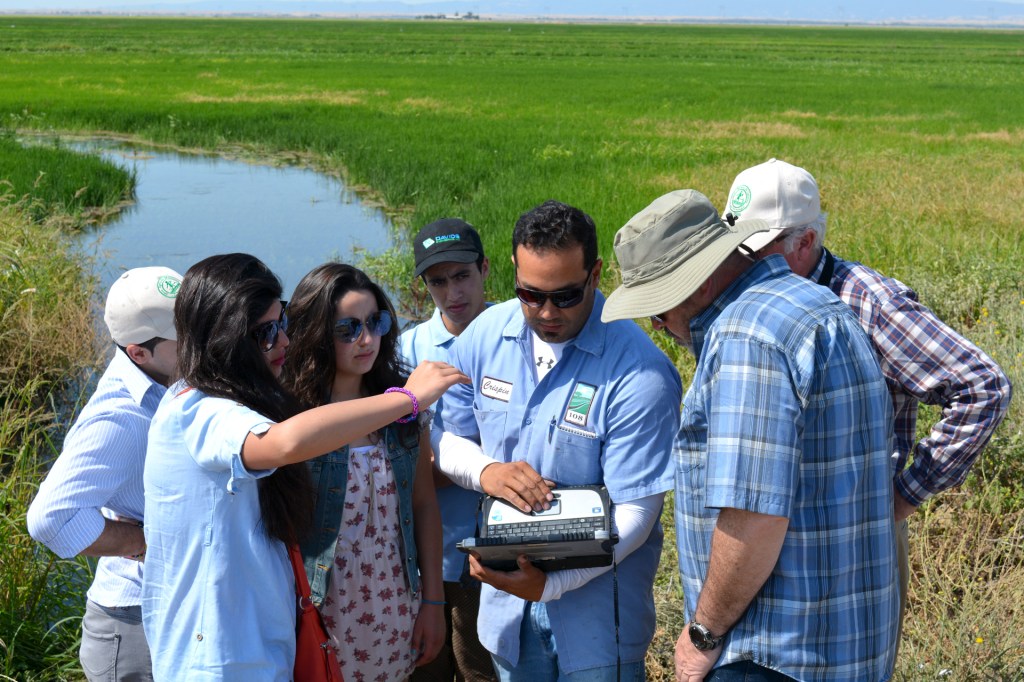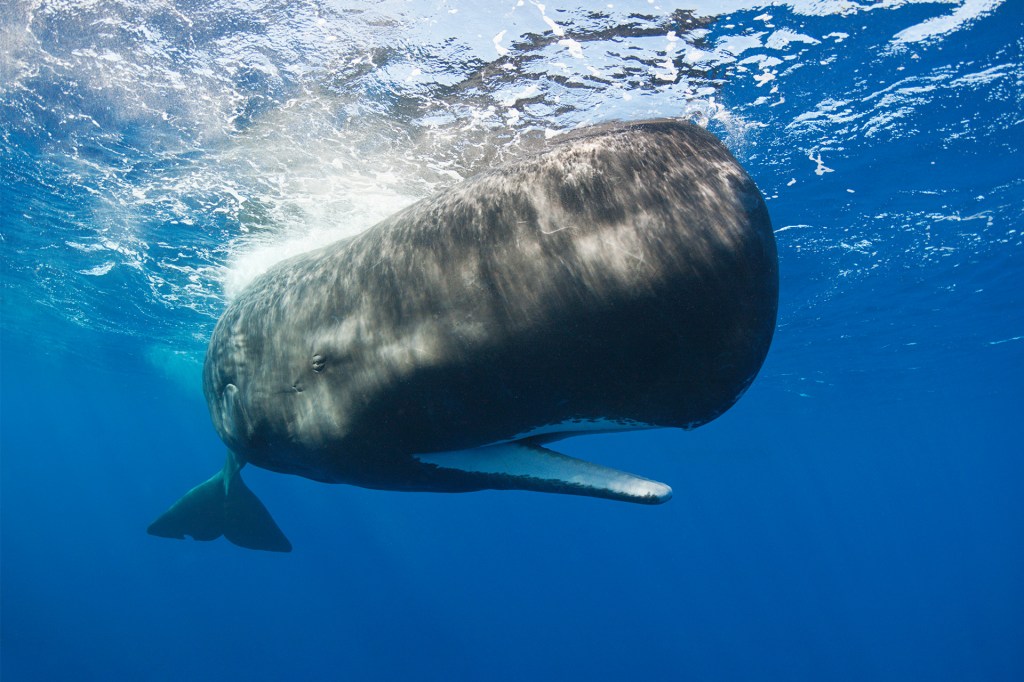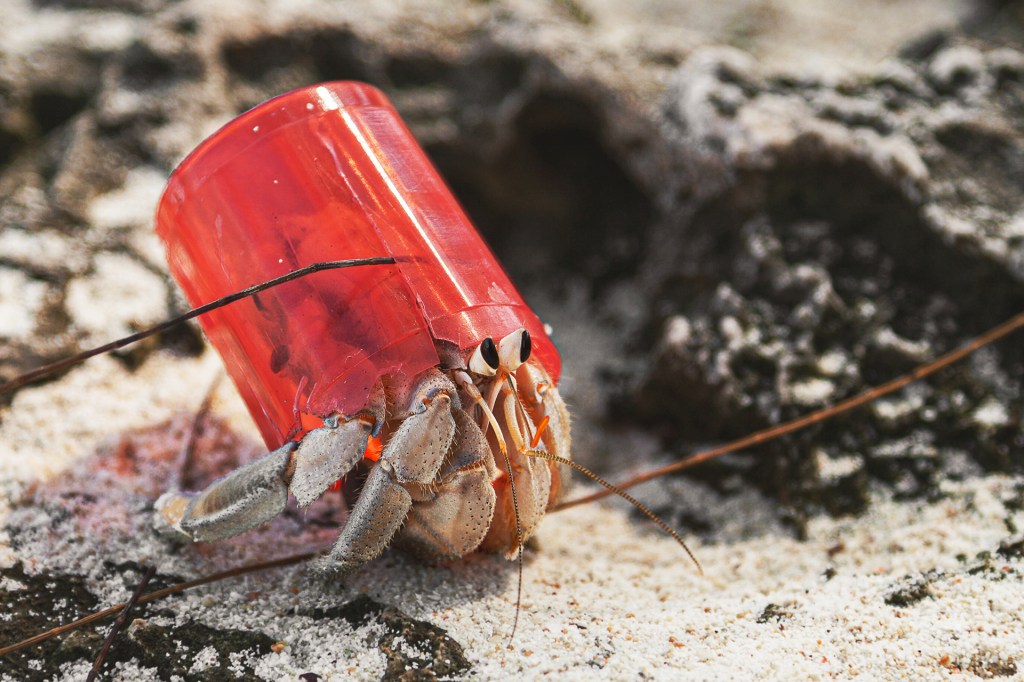Early Blossoms
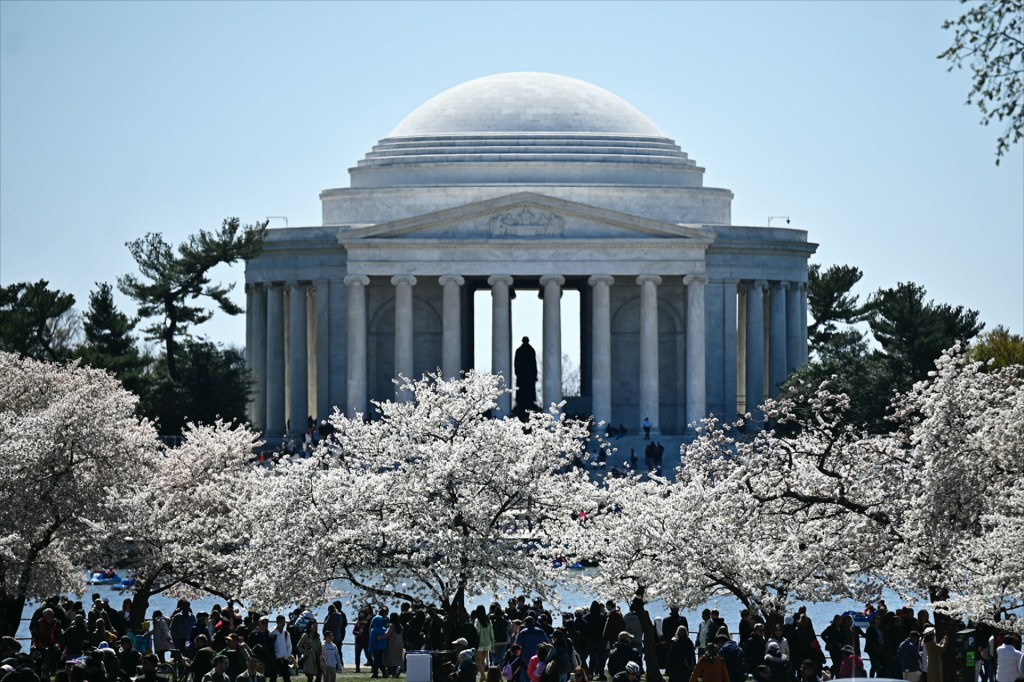
Cities such as Tokyo, Japan, and Washington, D.C., get millions of tourists every spring during cherry blossom season. The blooms mark the return of warm weather. But the trees are blooming earlier and earlier. This is an indication of increasing global temperatures.
In the 1960s, cherry trees in Tokyo started blooming around March 29. Between 1991 and 2000, the average was closer to March 24. Last year, the blossoms in Tokyo began earlier than anywhere else in Japan, on March 14.
“The fact that Tokyo recorded the earliest start date is due to global warming, compounded with urbanization,” Daisuke Sasano told Bloomberg News. Sasano works at the Japan Meteorological Agency.
Climate scientists have additional concerns. Cherry trees need the winter chill before waking up in the spring. Without sufficient cold, the trees may produce fewer flowers and fruits.
Climate change is also affecting cherry trees in Washington, D.C. There, rising levels of the Potomac River and crumbling seawalls have flooded the trees’ roots. More than 150 of the affected cherry trees will be cut down so the walls can be fixed.
This summer, the National Park Service (NPS) will begin repairing the seawalls. Then, 277 cherry trees will be planted in the area. The removed trees will be mulched. NPS spokesman Mike Litterst says the mulch will protect the roots of surviving trees and break down into rich soil, “so it’s a good second life” for the trees being cut down.
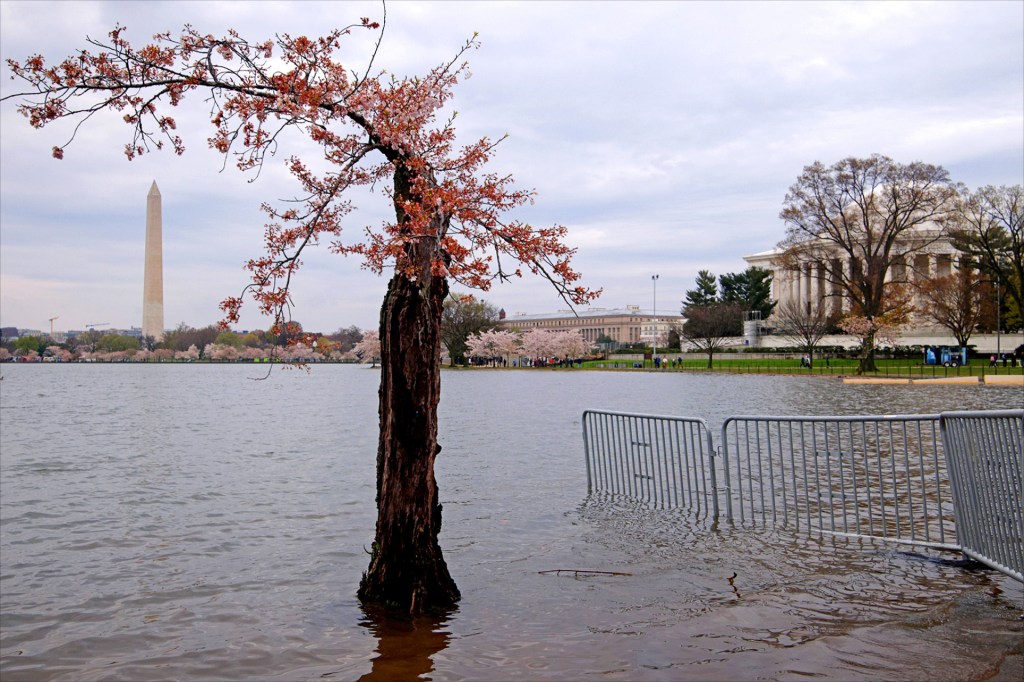
STUMPY'S LAST SPRING One tree being removed is Stumpy, a social-media phenomenon.
ALEX WONG—GETTY IMAGESStop & Think! Why did the editors choose these two photographs to publish? Can you think of other images that would help tell the story?






